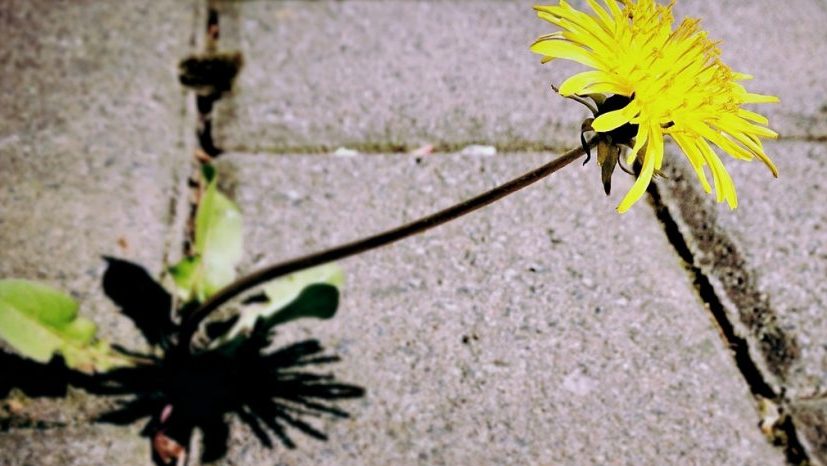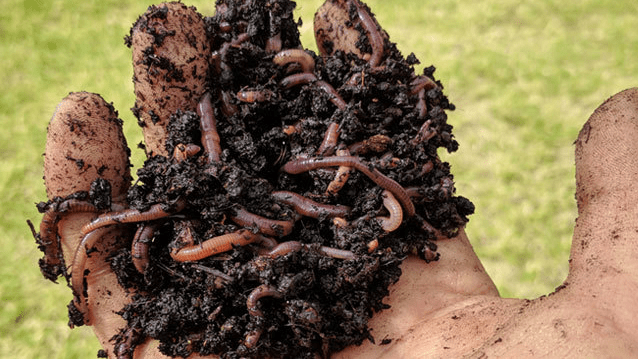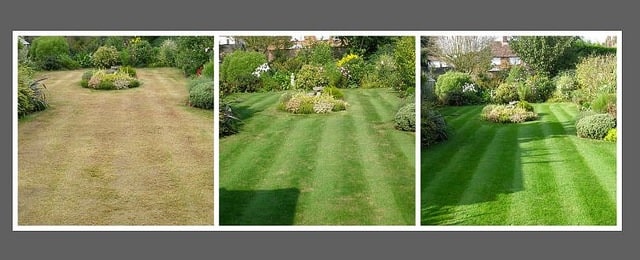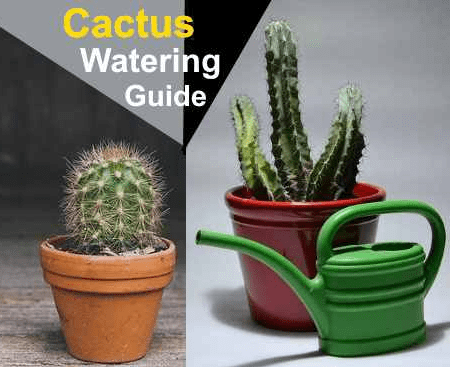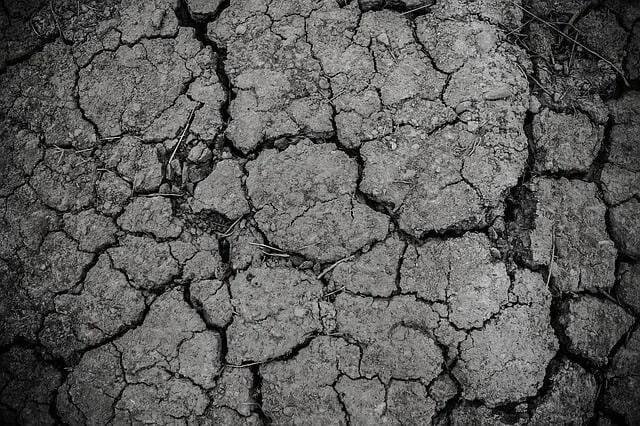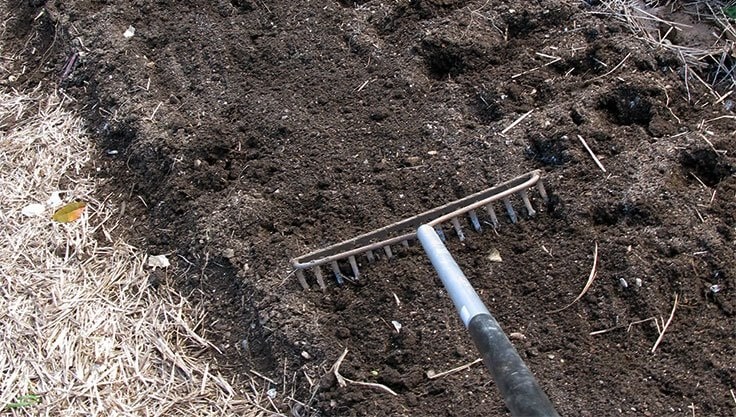Spring is finally here. The trees are budding and flowers are blooming. But it’s not just these plants that are sprouting—so is the weeds, much to the annoyance of hobby gardeners. Dandelions, plantains, and the like are popping up everywhere in Tyrolean gardens and driveways. Removing these weeds, especially from cracks and joints, is difficult—but not impossible.
If you have a lawn, it’s relatively easy to fight weeds. Frequent mowing can work wonders. However, if you start mowing too late and the weeds have already produced seeds, the lawnmower will actually spread those seeds and make the weed problem even worse. Pulling wild herbs by hand often leaves the roots behind in the soil, allowing them to regrow.
Contents
Dandelions are extremely stubborn
With a dandelion puller, you can effectively remove deep-rooted weeds like dandelions, couch grass, ground elder, or plantains. To do this, insert the tool into the soil right next to the plant, loosen the earth a bit, and then pull the plant out—roots and all. If your garden is already overrun with weeds, using a weed puller can make the job easier. This tool has a long handle with a typically three-pronged, sharp gripper at the end that digs into the ground and pulls out the weed.
If you want to avoid hand-pulling weeds altogether, consider planting ground covers like cranesbill, periwinkle, or barren strawberry in your flower beds. These plants form a dense mat over time and are also decorative.
If you don’t have time to weed, you should at least cut off the flower heads of the unwanted plants. Make sure to dispose of the flower heads in a sealed organic waste bin so the seeds don’t get scattered by the wind.
Even the tiniest crack can house a weed
Removing weeds from cracks in terraces, walkways, and driveways is much more challenging. These weeds should be removed regularly; otherwise, they can cause uneven surfaces. The roots of these wild seedlings can affect the stability of the paved area.
Sweeping paths and terraces regularly with a street broom can help prevent young sprouts from taking root. If tough, deep-rooted plants have already settled in the cracks, you’ll need to tackle them with a joint scraper or knife. This is labor-intensive but one of the most effective methods. It’s important to remove the entire plant, roots and all, or it will regrow quickly.
A little less strenuous is using a joint brush, usually a wire brush, to sweep out the unwanted greenery. However, the roots often remain between the cracks, and you usually only remove the above-ground parts of the plant. Dandelions and plantains will likely be back in a few weeks.
Fighting weeds with fire and hot water
Flaming gravel or paved surfaces is also very effective. This method burns the above-ground parts of the plant and, ideally, also destroys the seeds, preventing regrowth. However, it’s not environmentally friendly due to the high CO₂ emissions.
A more eco-friendly and effective method is using a high-pressure washer, which washes weeds and moss out of cracks. Aim the powerful and hot water jet at a 45-degree angle at the joints to avoid splashing wet soil and overloading the joints. The hot water softens the ground and removes the weeds, roots and all. Any remaining roots are also damaged by the heat, making regrowth unlikely.
Caution with concrete patios or pavers: do not use a pressure washer here. The high-pressure jet can damage the concrete, chipping away small pieces and roughening the surface.
Use sand to prevent weeds
If you’ve used a pressure washer, you may need to refill the joints with sand afterward. This sand can also help prevent weed growth. The lean mineral sand—a mix of oven-dried and fired sands, clays, and soils—provides no nutrients for plants to grow in.
Avoid herbicides whenever possible
Using herbicides is controversial, as improper use can be dangerous to humans, animals, insects, and other plants. The use of weed killers on sealed surfaces like terraces, paths, and driveways is forbidden, since the chemicals can run off into the water system and contaminate drinking water. Products containing glyphosate should especially be avoided. Even using vinegar or salt is not recommended.
Anyone who uses herbicides against legal regulations risks a fine of up to €10,000. Therefore, it’s best to use natural alternatives whenever possible. Hobby gardeners are best advised to consult a gardening expert for eco-friendly solutions.

